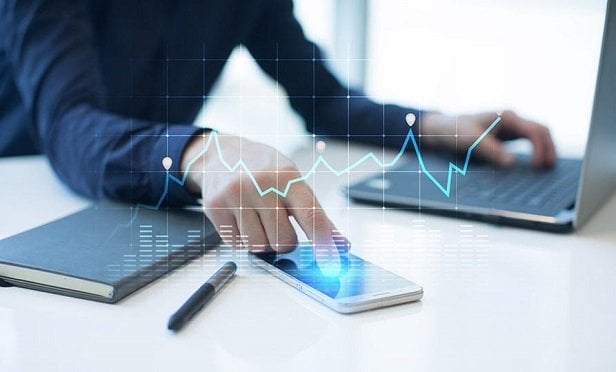In the past 10 years, more complex automotive technologies have made the roads safer for drivers, directly affecting insurance premiums. By harnessing big data, which is primarily used by companies to capture client information, insurers are now able to offer more accurate actuarial practices and better forecasting of risk trends.
And there is even more happening in the world of insurance technology.
Take a look at what you can expect technology to look like in the coming years and how it could affect the insurance industry.
Recommended For You
Want to continue reading?
Become a Free PropertyCasualty360 Digital Reader
Your access to unlimited PropertyCasualty360 content isn’t changing.
Once you are an ALM digital member, you’ll receive:
- Breaking insurance news and analysis, on-site and via our newsletters and custom alerts
- Weekly Insurance Speak podcast featuring exclusive interviews with industry leaders
- Educational webcasts, white papers, and ebooks from industry thought leaders
- Critical converage of the employee benefits and financial advisory markets on our other ALM sites, BenefitsPRO and ThinkAdvisor
Already have an account? Sign In Now
© 2025 ALM Global, LLC, All Rights Reserved. Request academic re-use from www.copyright.com. All other uses, submit a request to [email protected]. For more information visit Asset & Logo Licensing.








